I Love “Stinky” Washed Rind Cheeses
Most weekends, I head out early to one of our local farmers’ markets to pick up local produce and meats with my buddy Barbecue Bob. As I leave the house, my wife reminds me to pick a freshly baked French baguette and a stinky cheese for breakfast after our walk. It is becoming a ritual and a great way for me to try some new cheeses to tell you about.
What Is A Stinky Cheese?
There are many cheeses that you could call stinky, but I will focus on the “˜washed rind’ stinky cheeses in this article. In the future, I’ll look at some other cheese varieties with a strong aroma that tastes great, but for now, let’s look at some of the top stinky, washed-rind cheeses.
A “Stinky” cheese is an aromatic cheese where the rind has been washed with brine, marc (a fairly rough-tasting brandy made in the Burgundy region of France), wine, or beer. The rind of one type of stinky cheese, Stinking Bishop, is washed with pear cider.
They are cured for over 60 days and are usually soft-ripened or semi-firm in the texture category. The resulting aroma from washing and curing these cheeses can best be described as “Barnyard.” Other vivid adjectives describing the smell of washed rind cheeses include stinky feet, mildewed laundry, warm animal, and even unshowered for a week!
These cheeses must taste pretty darn good for anyone to want to overcome their smell and eat them. From my experience, you start to acquire a fondness for the pungent aroma over time. But why are these types of cheeses so stinky in the first place?
Washing a rind of a particular cheese creates an environment that inhibits mold growth. It also creates a bacteria-friendly surface where the resulting aromas are formulated. When I say bacteria, don’t think these cheeses will make you sick.
Not all bacteria are pathogens. Keep in mind that yogurt contains beneficial bacteria. That’s what “live and active cultures” means. One brand of yogurt even trumpets the name of the bacteria they use to make their yogurt.
So, washing the rinds repeatedly inhibits mold growth and allows bacteria to thrive (molds kill bacteria – think of penicillin) and react with the cheese to form all sorts of complex, tasty flavors. The cheese also develops a”¦distinctive”¦aroma.
Along with the flavors contributed by the bacteria, the solution used to wash the rind interacts with the cheese, sinks into the cheese, and becomes another part of the flavor profile.
Due to their pungent aromas, special care in wrapping and storing these cheeses should be considered to preserve family harmony and extend the life of the cheese. They will stink up your refrigerator, and unless your family is okay with the butter and ice cream smelling like feet, wrap them well.
True fans and big cheese buyers purchase tiny shop refrigerators for these items.
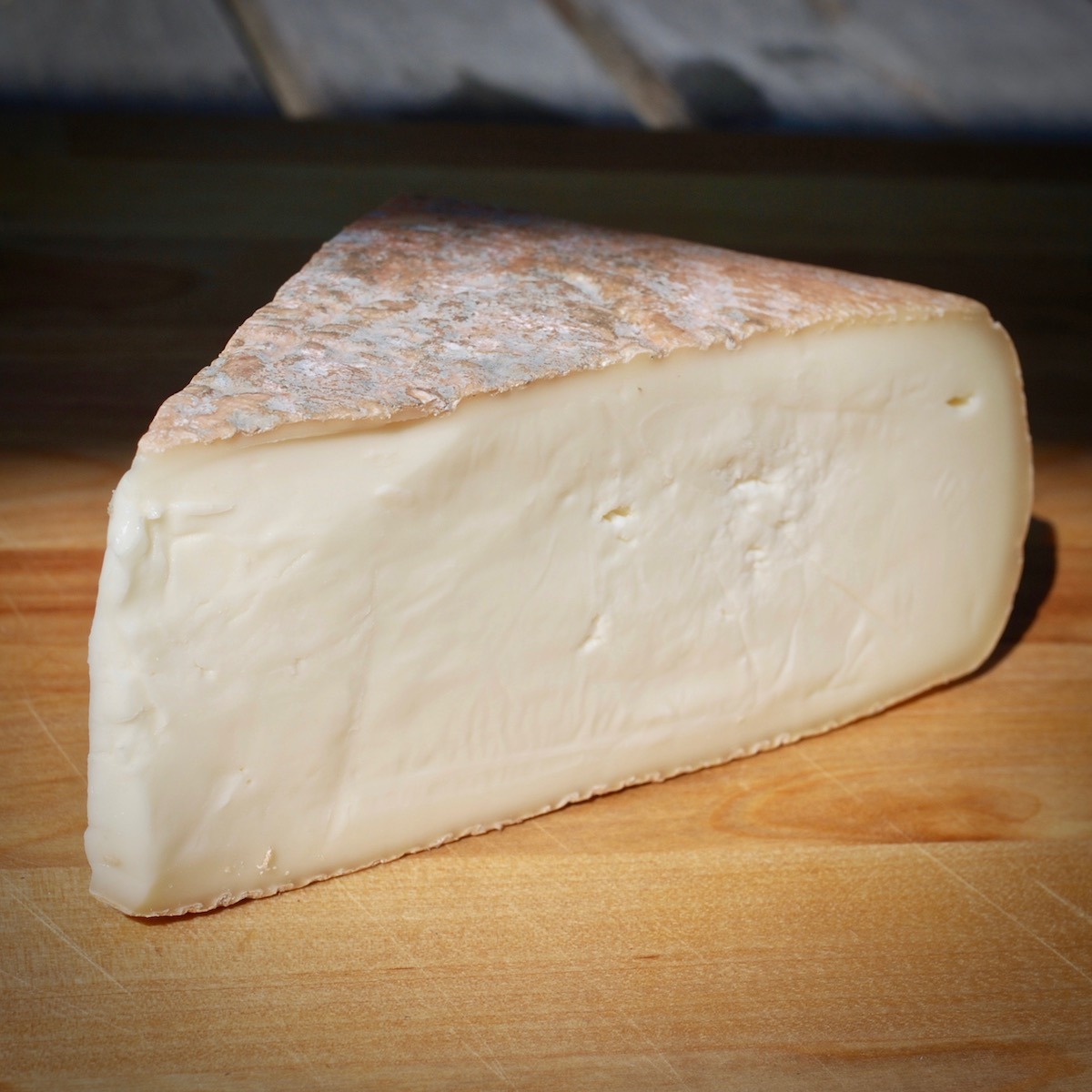
What About Stinky Cheese Taste?
Now that we know why washed-rind cheeses smell so funky, let’s talk about how they taste. The strong aromas’ effects create extensive and complex flavors from washing a rind.
The strong aroma of the cheese often does not hint at the flavor. I don’t know about you, but I don’t want to eat anything that tastes like a gym bag full of sweaty clothes.
Often, washed rind cheeses taste much milder than their smell would indicate, with savory hints of fruit, grass, and nuts and a texture ranging from firm and slightly grainy to soft and smooth to runny and silky.
The thing to remember with all the stinky cheeses is what your mom always tried to tell you, “You can’t judge a book by its cover!” In this case, you can’t judge a cheese by smell alone; what one person considers stinky may be perfume to someone else.
With some washed rind cheeses, you can eat the rind, but many of them you can not, and some don’t like paying big bucks for these cheeses when you can’t even eat the rinds. My friend Cheesemonger Jack says
“Rind haters who feel they are being overcharged because they can’t eat a particular rind should stick to buying bananas without skin or pre-cut fruit salad ‘talk about an unfriendly bacteria environment'”
It’s a bit of an extreme response, but you get the picture.
Since I knew Jack was a fan, I asked him to tell me the stinkiest cheese he had ever sold, and he said,
“The strongest smelling cheese I have ever smelled was “Vieux Lille.” We were able to sell that cheese years ago, but it is banned now. America is fearful of raw milk products. There are probably stronger-smelling cheeses out there because who knows what evil lies in the hearts of men, but I have not had them.”
I did a little research about Vieux Lille and discovered that one of its nicknames is “Stinking Pickle.” I think that tells me all I need to know. Then again, I never say never; my mom wouldn’t want me to judge a book by its cover.
What is the Raw Milk Designation
I was intrigued by the “raw milk” designation. I found that by USDA regulations, cheeses made with raw milk must be aged a minimum of 60 days.
The milk is considered raw because it has yet to be brought up to the USDA requirement of 161 degrees F. When the milk reaches this temperature, many of the enzymes and bacteria present in the milk are killed.
This results in a “safer” product, but lovers of raw milk cheeses also say it ultimately results in cheeses of less complexity. In much of Europe, the milk used for cheese making must not be pasteurized, and the resulting cheeses tend to be more flavorful and complex.
I also asked him to put together a list of the 15 stinkiest cheeses he had eaten. Nobody can put together an objective list of the stinkiest cheese or anything else for that matter.
Everyone’s palate is different, so he emphasized that this list is personal to him and is subjective. Others might feel differently.
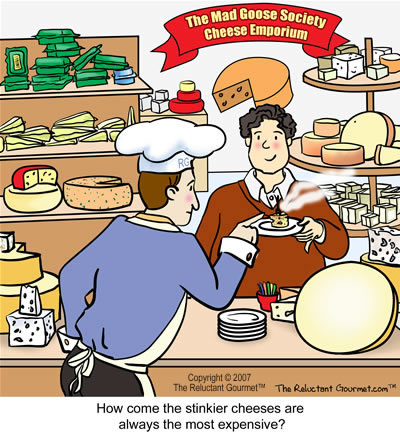
15 Top Stinky Washed Rind Cheeses
The following list is merely my most interesting and not my favorites. Everyone’s nose and taste buds are legitimate and unique to their personal and individual taste.
“Strong, perfect, right, wrong, stinky, old, young.”
These are all words I ignore when a potential buyer uses these descriptive adjectives. People should realize that what they enjoy eating differs from what any book or ‘expert’ may suggest.
- AMI DU CHAMBERTIN – Burgundy
- FIANCEE DES PYRENEES
- EPOISSES (BERTHAULT brand) – Burgundy
- MUNSTER/GEROME – Alsace/Lorraine
- TOMME de CHEVRE (GOAT MILK RACLETTE)
- PONT L’EVEQUE – Normandy
- TALEGGIO – Lombardy
- VIEUX LILLE – Nord
- SOUMAINTRAIN BERTHAUT (washed rind)
- SCHLOSS – California
- TROU DU CRU – Burgundy
- ROBIOLA Lombardia (STAGIANATTO)- Lombardy
- RACLETTE FRENCH (WHITE WINE WASH) – Franche-Comte
- PAVIN – Auvergne
- LIVAROT – Normandy
I have tried the Ami du Chambertin, Epoisses, Pont L’Eveque, and Livarot and will add them to the cheese page soon. I hope to eat down the rest of the list if they are all still available.

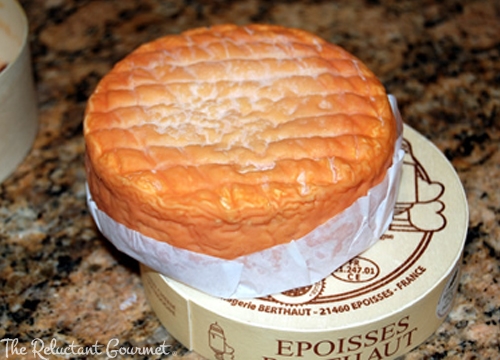

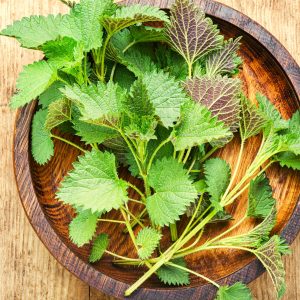



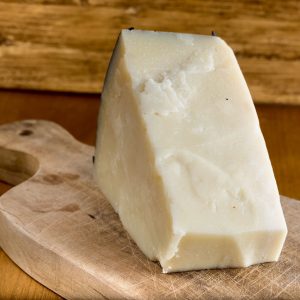
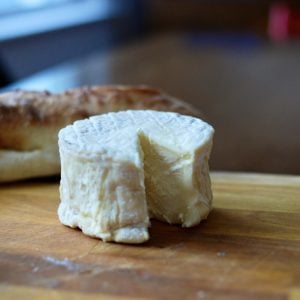
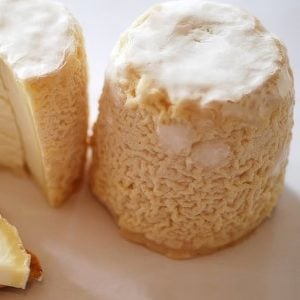

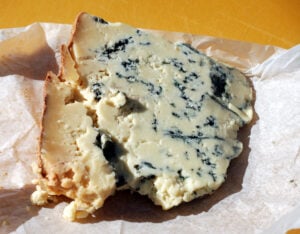
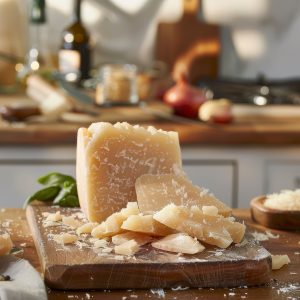
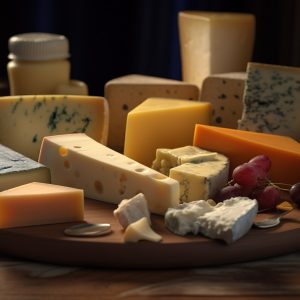


9 Responses
You must not forget Puzzone di Moena, one of Italy0s stinkiest cheeses!!!
I loved this feature. Maily because of my passion for cheese. My epitaph will read “she died by cheese”
Ciao
Lola xx
This is a fascinating and very informative article! Your explanation of how these wonderful cheeses achieve their complex stinkiness is something I’ve wondered about. I also love your top 15 list of the stinkiest as well! May I quote you in my blog about cheese?
This cartoon is fabulous– what would I need to do to be able to use it in my blog?? Please email me. Thanks!
Glad you enjoyed the article. Of course you may quote a sentence or two from the article, please just don’t copy the entire article or big chunks of it. Also appreciate that you like the cartoon but it is copyrighted and cannot be used on your blog but thanks for asking and respecting my work. – RG
When I am looking for a good cheese I just put my nose down and sniff! The nose knows!
We stayed in a small hotel which looked like a small chateau near Pont en Bessin while visiting the Omaha Beach area. The restaurant offered a cheese selection for desert which included a “stinky” one. When I ate my sample the taste was an incredible mixture of walnuts and some liquor, maybe brandy…it was incredible. Does my description fit any one of your listings? I would love to buy some here in the USA.
Thank you.
Hi Spencer, It sounds like Echourgnac a la Noix. This cheese is made by Trappist nuns and soaked in a walnut liqueur. Very expensive and yes, hard to find in the USA. – RG
“Made in a Périgord monastery by nuns, Echourgnac is a round, semi-hard cow’s milk cheese, infused with local walnut liquor. During the maturing process, the cheese is washed off with walnut water, which gives the rind a beautiful rich brown color and allows the walnut flavor to slowly permeate the cheese.â€
So, how can you know if you should eat the rind or not? That has always puzzled me.
I think it is different for every cheese but it also has to do with your preferences. I asked Jack about this and he said there are some cheeses where the rind is eatable but most people would go near it. – RG
thanks for the suggestion of Echourgnac
a la Noix, we have cheese-loving family in France and will look for it in future visits.
I am in the San Francisco Bay Area. For decades, I loved the Danish washed rind cheese called Ambassadeut which came in large wheels with that name on it. No one uses that name, preferring “Danish Esrom” fpr some reason. It has always been my favorite cheese. About ten years ago (2010?) it was suddenly available nowhere any more. I am always disappointed when I see lists of washed rind cheese which are practically restricted to French types and Ambassadeur is not mentioned. I made a washed rind cheese myself, but it was a first attempt and lots of work so while good, it wasn’t great. I don’t want “hints of walnut” or “flavor of cherries” or any other reference. The cheese itself is enough for me. But how can I get some. living in the SF Bay Area (where we have a few great cheese stores but they don’t know from stinky cheeses).
A curious anecdote worth mentioning. I found a stinky cheese being offered by mail but they insisted on sending it with complicated packaging that kept if cold for a few days with dry ice. It seemed ridiculous to me. Stinky cheese already stinks. Why does it need so much protection from the ambient climate for just a few days? But they would not just send it by itself in a plain package. And the special cold package cost twice as much as the cheese. So beware.
Interesting point Paul. Just because it is stinky cheese doesn’t mean it doesn’t need refrigeration. If you go to any reputable cheese market, they are going to have their cheeses in refrigerated cases. Can you imagine this summer when the temperatures were 100 degrees plus in some states if they sent it in the back of some UPS truck. It would become even stinkier stinky cheese.